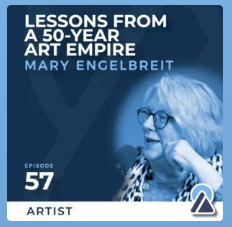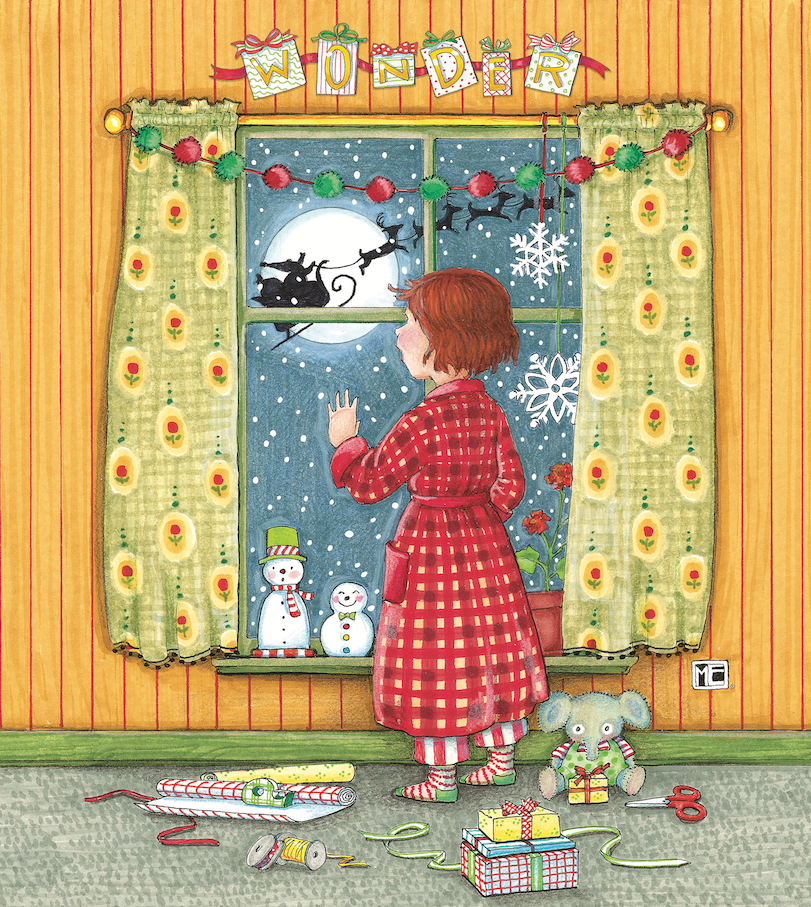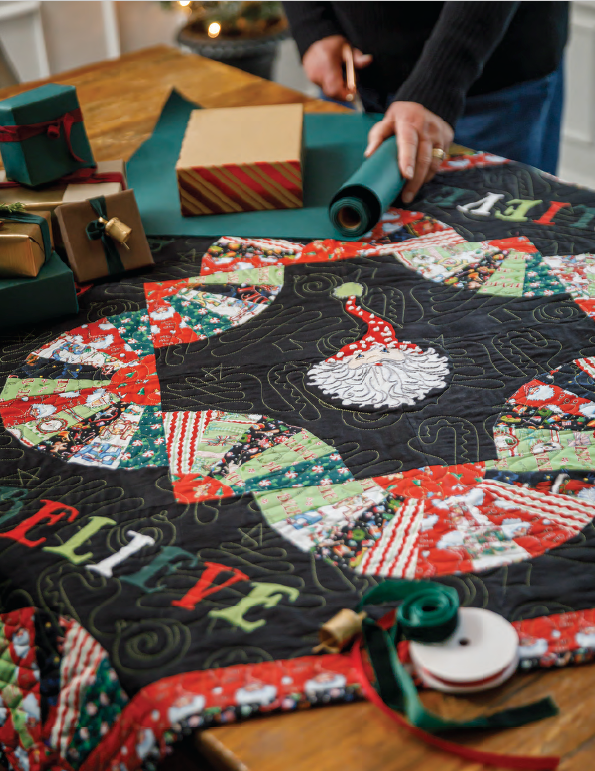Fifty Years of Cuteness, Courage & Creativity: Reflections on Mary Engelbreit’s Art Empire

Starting Small—Dreaming Big
Even in high school, I was drawing—wedding invitations, greeting cards, whatever I could. I sold hand-drawn cards for 25 cents each; local store would sell them for 50 cents. My father encouraged me, helping me shift from pure handmade to printing, which meant thinking bigger early. Grade school creativity, yes—but also early lessons in scale, reliability, and business
I didn’t go to college. It wasn’t because I didn’t believe in education—just that I felt education would come by doing. I learned from working in art supply stores, from jobs in small advertising agencies, meeting other artists, figuring out things like billing, pricing, what people want. All those pieces mattered more than I knew at the time
The Pivot That Wasn’t Really a Pivot
Many people think success is a straight line. It isn’t. One of the things I learned: sometimes what feels like a change of direction is really just recognizing what already works and leaning into it. For me, greeting cards and licensing were that. A friend connected me with people in publishing; I exhibited at a stationery show with a simple booth—12 cards on a table. It wasn’t sophisticated. But it led to licensing offers
From greeting cards to calendars, children’s books, picture frames—each step was evolutionary. And always rooted in doing what I loved—drawing, storytelling, connecting.
Keeping What Matters as You Grow
Over time, the business had to grow: more products, more copyrights, more staff, more complexity.
-
Authenticity over trend-chasing. The art has always been about real life—family, everyday quirks, things people see in themselves. That’s what helps people connect. When you chase what’s trendy but you don’t believe in it, it shows.
-
Knowing when to step back. We opened 12 mall stores around the country. They were fun and people loved them—but there were real challenges in managing far‐flung locations, handling theft, and the stores demanded time and attention that pulled me away from drawing. Eventually we made the tough decision to close them, because the cost (not just financial, but emotional and creative) wasn’t worth it.
-
Regrets, lessons, and honest misses. One of my biggest regrets is Mary Engelbreit Home Companion magazine. It ran for 11 wonderful years. It was a joy, meeting artists, sharing homes and studios. But when the 2008 financial crisis hit, advertising dried up, and that part of the business couldn’t sustain itself. Still, I wouldn’t take back what it taught me.
Imperfection Becomes Opportunity
One of the things I’ve learned (and am still learning!) is that waiting for perfect often squashes opportunity. If you wait for every detail to line up, you’ll miss chances. Some of the best outcomes came when something was “good enough,” and then you made it better
For example, many of our designs started as pencil sketches in a notebook or from things I overheard or from friends’ lives. They weren’t polished; sometimes they were messy. But people saw something in them. Connection. Truth. Funny lines. That develops over time
Staying True While Moving Forward
Running a creative business over decades means change is unavoidable—technologies shift, consumer habits evolve, licensing landscapes alter. But there are constants I try to preserve:
-
Core identity. The heart of what Mary Engelbreit art is—warmth, detail, whimsy, joy—has always stayed with me. Even when styles evolved (I drew boys when my sons were little, later more girls, then grandkids, etc.), I kept that voice.
-
People matter. My partnership with Phil (my husband) has been foundational. We did different things within the business: I drew; he handled people and organizational tasks. Hiring people who care, who share values—that’s more important than many business metrics.
-
Adapting without losing purpose. When greeting cards changed, when magazine advertising changed, when licensing priorities shifted, we adapted. But we tried always to ask: Does this fit with what I believe in? Will this feel like me (or us)? If not, even if it’s tempting, it might not be worth it.
What I Want You to Take Away
If you’re an artist, or creative entrepreneur, or someone trying to build something that means something—these are the things I hope you remember from my story:
-
Start where you are. Use what you have.
-
Don’t be afraid to sell, to scale, to try new things—but watch your soul while you do it.
-
Embrace imperfection—it often opens doors.
-
Keep your core values clear: they will guide you through trouble.
-
Find good people; share the journey.
Listen to the Podcast Here ---> She Lift Project: Episode 57




Comments